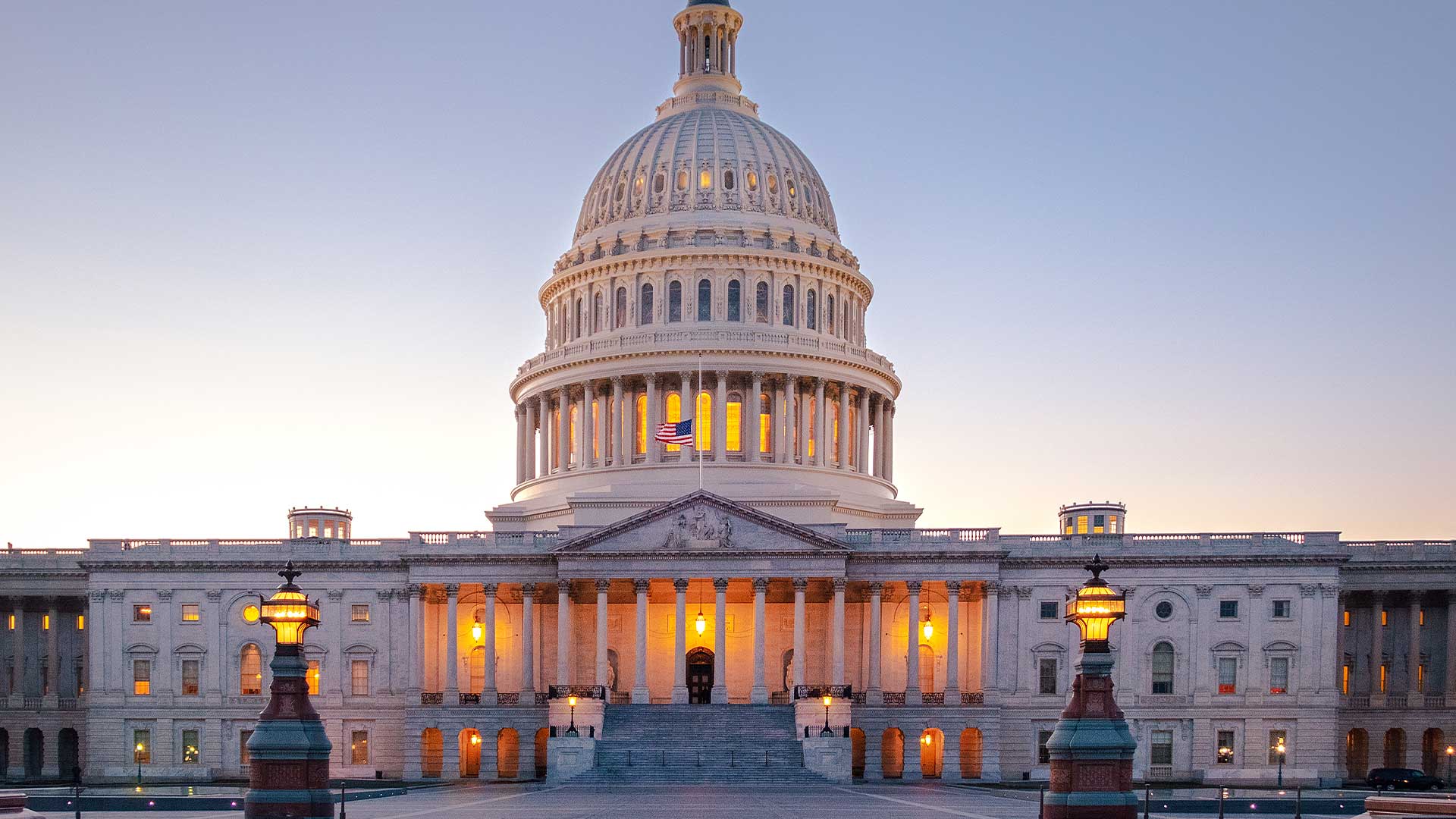Government shutdowns hit higher ed hard: stalled aid, paused research, and budget strain. Learn how colleges can keep momentum strong.
What a Government Shutdown Means for Higher Education
When a government shutdown hits, the world of higher education feels the effects almost immediately. From delayed student financial aid processing to paused research funding and uncertainty around federal oversight, colleges and universities are left to manage confusion and anxiety among students, families, and staff.
While campuses don’t close their doors, the disruption is real—and how institutions prepare makes all the difference.
How a Government Shutdown Impacts Higher Education
1. Student Aid Disruptions
- Pell Grants and federal student loans continue, but with fewer Department of Education staff available, processing slows. FAFSA verifications, loan disbursements, and new applications may face backlogs.
- Work-study payments can be delayed, leaving students in financial limbo.
2. Research Funding on Hold
- Agencies like the NSF, NIH, and DOE stop awarding new grants. Proposals sit unreviewed until the government reopens.
- Ongoing projects funded previously usually continue, but communication with federal program officers may be frozen, leaving critical decisions in limbo.
3. Veterans and Military Students
- GI Bill benefits generally continue, but prolonged shutdowns may stall tuition and housing payments—creating hardship for student veterans and their families.
4. Institutional Operations
- Accreditation reviews, compliance checks, and approvals may be delayed.
- Partnerships with federal labs or agencies pause, affecting faculty, graduate students, and institutional research output.
How Long Do Government Shutdowns Usually Last?
The average government shutdown lasts about a week, though some have stretched much longer:
- Shortest: 1–3 days (several in the 1980s and 1990s).
- Longest: 35 days (2018–2019).
Even short shutdowns cause ripple effects in higher ed because financial aid and research timelines are tightly scheduled around semesters and fiscal years.
.
What Colleges and Universities Can Do to Ease the Pain
- Communicate Early and Often
Be proactive with students, staff, and families. Make clear what continues (e.g., Pell Grants, loans) and what might be delayed.
- Provide Flexibility
Offer temporary tuition payment extensions or grace periods to students waiting on delayed aid.
- Support Student Employees
Find ways to temporarily cover work-study wages or connect students to campus jobs not reliant on federal funds.
- Prepare Research Contingency Plans
Faculty should plan around possible delays in reviews, renewals, or grant announcements. Administrators can coordinate with state or private funders to bridge shortfalls.
- Lean on Technology
Digital engagement platforms—like personalized video, interactive maps, and self-guided tours—help institutions maintain enrollment momentum when federal distractions dominate the headlines.
What Happens When a Government Shutdown Ends?
When the government reopens:
- Backlogged FAFSA verifications, loan disbursements, and aid processing kick back into gear—though delays may take weeks to resolve.
- Federal agencies restart grant reviews and award announcements, but timelines shift and competition can intensify.
- Oversight, compliance, and accreditation processes resume, often with tighter deadlines.
In other words, the “catch-up” period can be as stressful as the shutdown itself. Institutions that stayed proactive with communication and support will be better positioned to ease the transition for students and staff.
Final Takeaway
A government shutdown doesn’t close campuses, but it does create real uncertainty for students, families, faculty, and staff. The institutions that fare best are those that prepare: communicating early, showing flexibility, and using digital engagement to keep enrollment pipelines moving.
With StudentBridge, you don’t just weather the storm—you safeguard momentum. Our solutions help colleges deliver clear, personalized experiences that reassure current students and inspire future ones. That way, even when Washington stalls, your enrollment goals don’t.

